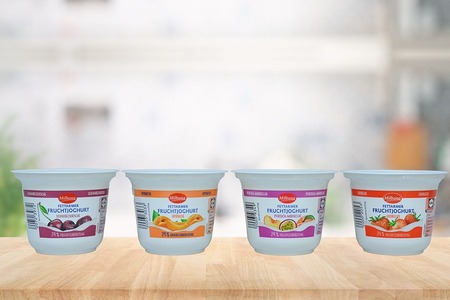
Australian wool market sees a big turnaround
YarnsandFibers News Bureau 1969-12-22 00:00:00 – SyndeyAfter a three-week Christmas break, the Australian wool market jumped 67 cents to its highest level since 2011. Fine textile wool (17 micron) had the biggest gains, climbing 25 percent.
According to the wool expert, such a strong opening to the 2017 wool market indicated the importance of farmers to breed sheep to not only produce strong lamb characteristics, but good wool as well.
The Eastern Market Indicator (EMI) — Australia's wool market benchmark — last week closed at 1422 cents, three cents shy of the record.
Elders district wool manager Andrew Howells said that fine wool production was expensive and merino sheep could be difficult or "finicky" to manage, but since around September, the market had seen a big turnaround.
Like a lot of Australia's commodities, it has been the Chinese market driving the price. China, otherwise known as the 'factory floor', is where 75 percent of Australia's wool ends up.
Mr Howells indicated the uniform market in China was "massive", but there was now a lot more retail demand for items such as fake fur coats, from the general population. They are also seeing a lot more wool consumed domestically [in China].
But in the case of the wool market, it is also down to weather — finer wool thrives in drought conditions. The drought in western Victoria, one of the biggest wool producing areas in Australia, has caused an oversupply of fine wool over the past three years.
Consequently, the price started to fall and farmers moved away from wool and toward prime lamb production. Because everyone was turning away from fine wool, there's been a lack of supply.
Now that they have had a better season [with record rainfall in 2016], the supply of fine wool is very low. The price of finer micron wool has started to climb as a result.
Market Intelligence
Ask for free sample Report

experience
Customer Base
dedicated team
Countries Served Worldwide









